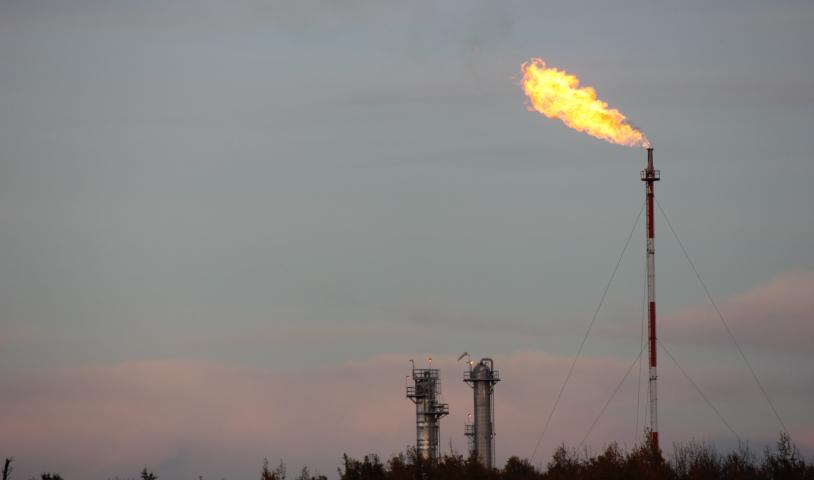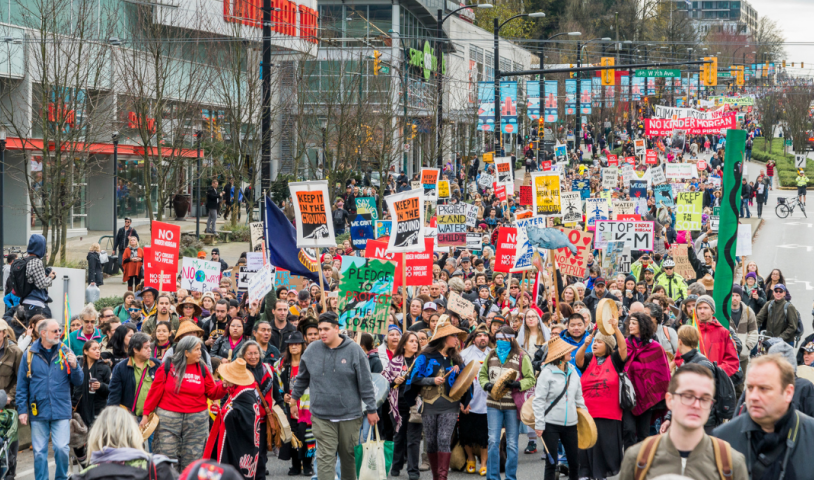Groups Mobilize to Oppose Mega Dam
Saturday, May 14, 2011
A controversial mega dam proposed for the Peace River in northeastern B.C. has spurred a coalition of groups on a province-wide speaking tour that kicked off last week.
Representatives from the Wilderness Committee, Treaty 8 First Nations, and other opponents of the project are worried about the environmental and social consequences of the proposed dam.
Campaign director Joe Foy says the tour hopes to build popular support for permanently ending the Site C dam development, announced by former premier Gordon Campbell in April 2010.
“The tour has the agenda of letting people hear for themselves how various communities in the Peace River Valley do not want the dam, see the dam as a big problem. Also to hear from all of the organizations involved in the tour how it is possible to stop this dam if we get organized community by community,” he said.
The $6.6 billion dam has been criticized by locals and environmental groups because of its proposal to flood over 5,340 hectares along 83 kilometres of the river valley—some of the best agricultural land in northern B.C.
BC Hydro claims the province’s energy needs will grow as much as 40 percent over the next 20 years, and Site C will help provide that energy.
“To meet B.C.’s future electricity needs, there is a need to conserve more electricity, to buy more electricity from renewable power projects—such as wind and run-of-river hydro—and to build more by reinvesting in existing assets and considering new resources, such as Site C,” says BC Hydro’s website.
The Wilderness Committee, however, accuses BC Hydro of pursuing unnecessary energy development as a front for energy exportation and private investment. It will be the third dam project in northeastern B.C., which has also attracted major oil development and other resource-intensive projects such as run-of-rivers projects.
“[Site C] is a $10 billion taxpayer subsidy to private power producers who threaten hundreds of BC rivers with destruction, and to a dirty fossil fuel industry that needs cheap energy to expand,” says a WC press release.
The proposed dam is currently under environmental and regulatory review, including independent assessments of the project’s impact. The review process is expected to take two years to complete, and if approved, the site would be operational by 2020.
When Campbell announced the project, he said it would create up to 35,000 direct and indirect jobs in the province, including 7,650 direct construction jobs. At 900 megawatts of capacity, it would generate 4,600 gigawatt hours of electricity each year—enough to power 410,000 homes for over 100 years.
A major supporter of the project, Campbell was presented with a historic declaration opposing the dam in September 2010, signed by 23 First Nations from across B.C., Alberta, and the Northwest Territories.
On Sept. 15, 2010, an estimated 1,000 protestors rallied in front of Victoria’s legislature to show their opposition to Site C. Outspoken environmentalist and dam opponent David Suzuki had planned to attend, but fog cancelled his flight.
The speaking tour, which began in Kelowna on May 9, will travel to six BC communities before ending in Whistler on June 2.
Photo: With the W.A.C. Bennett Dam as his backdrop, Premier Gordon Campbell announced on April 19, 2010 the controversial Site C Dam, slated to be built on the Peace River. A speaking tour opposing the dam will travel throughout the province, ending in Whistler on June 2.





